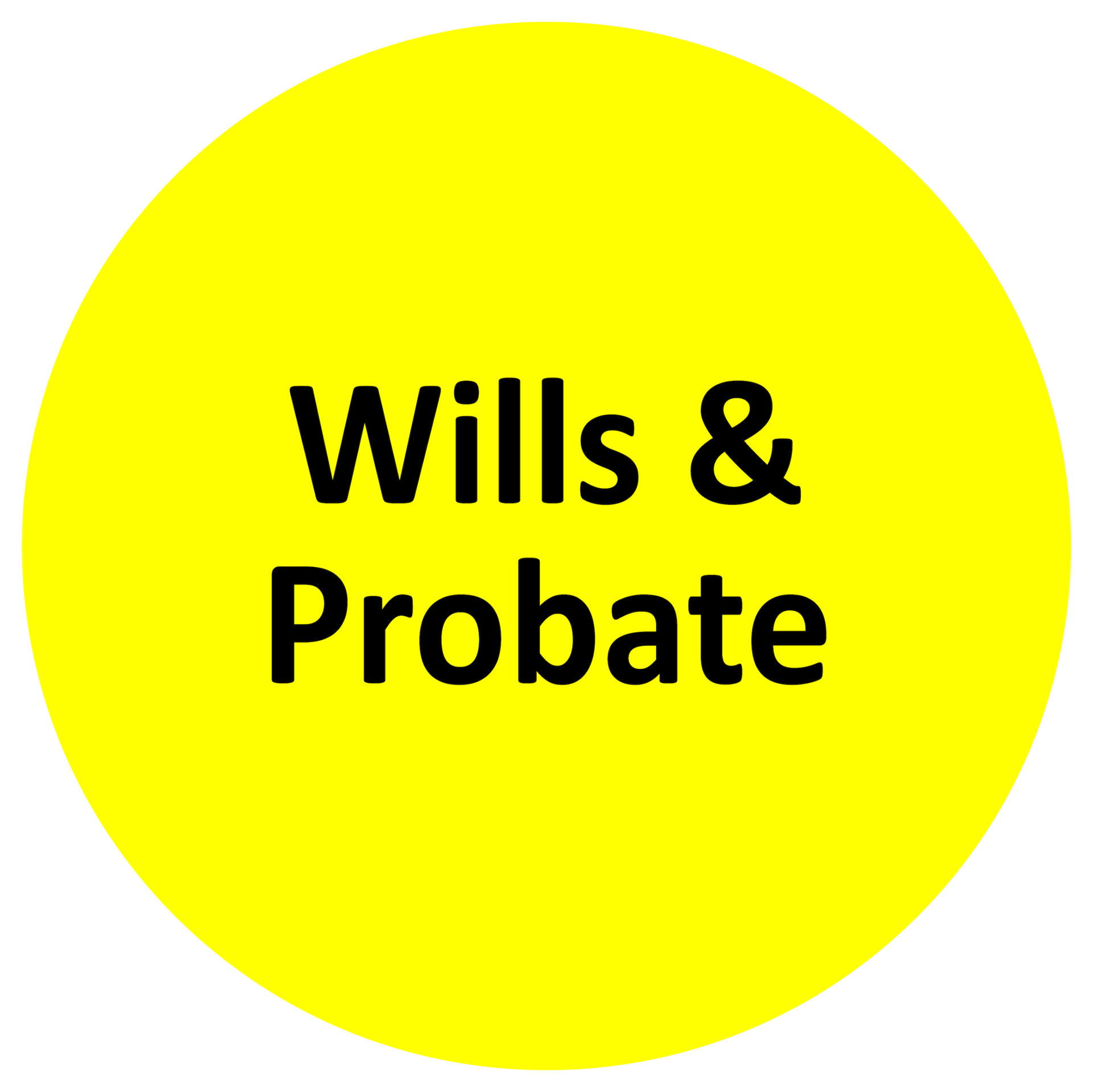MG Legal, Leading Conveyancing Solicitors. The team that put you first. Contact us to speak to a solicitor today: 01772 783314 or email at: property@mglegal.co.uk

CQS Accredited Solicitors

SRA Regulated Solicitors

Local Knowledge

Decades of Experience

Lender Panel Solicitors
Joint Tenancy vs. Tenants in Common
Whether you are buying your first home with a partner, or you have inherited a property after a loved one has passed away, it is important to understand how joint ownership of a property works, and what your joint ownership options are.
Our Conveyancing Solicitors have put together this comprehensive guide to help you understand what you need to know.
Our Conveyancing Solicitors have answered some FAQs. Select the relevant question below to find out more.
Joint Tenancy is the default form of shared property ownership, where between 2 and 4 people can co-own a single property together. In the eyes of the law, the co-owners are collectively considered as one owner, and all have an equal right to the entirety of the property.
All owners must collectively make the decision to sell the property, or it cannot be done. While available for up to four owners, this type of property ownership is most commonly used by couples who combine their finances to buy a property together as one joined owner.
This form of ownership is also known as the ‘survivorship principle’. This means that, when one co-owner dies, the property automatically passes to the survivor. In cases of joint ownership, the owners are unable to dispose of their share of the property under their Will. If a registered owner wishes to leave their share of a property owned as joint tenants under their Will, they would need to change their ownership of the property to tenants in common.
Tenants in Common are owners who purchase a property together, but co-own separate shares in the property, which are not always equal. Depending on their situation, one owner may own 75% of the property, while the other only owns 25%, for example. Because of this separation of assets, tenants in common are able to leave their shares of the property under their Will, something which cannot be done under joint tenancy.
Generally speaking, our Conveyancing Solicitors find that tenants in common- either in equal or unequal shares- is a more common way of purchasing a property for cohabitees, friends, or business partners who purchase a property together.
The two owners of the property will own it jointly between them, so the presumption is 50/50 ownership.
This option is commonly used by spouses and civil partners who are buying a property together.
When one joint owner dies, the property will pass automatically to the other joint owner.
If you want to protect your investment in a property, for example if one co-owner contributes more to the purchase price, this is the best option for you.
Rather than passing to the surviving owner automatically, if one party dies, their share will either pass under their Will, or under the Rules of Intestacy. For example, this form of ownership is great for those wanting to leave their respective shares of a property to their own children from a previous relationship.
If your partnership ends and you wish to protect your share of your property, or if you want to protect your share in a property in your Will, our Conveyancing Solicitors would strongly advise that you change the tenancy on your property from joint tenants to tenants in common. You can do this by severing the joint tenancy, using a Notice of Severance. Contact our team here to instruct our Conveyancing Solicitors to assist with severing the joint tenancy on your property.
If you do not sever the joint tenancy, regardless of whether you would want your ex-partner or spouse to inherit the property, they would receive your share of the property on your death. That’s why it’s imperative to discuss severing the joint tenancy with our Will drafting Solicitors. You can contact the team online, here.
Whether a property is owned as joint tenants or tenants in common, all legal owners will be required to jointly make any decisions about the property. For example, if two people own a property, both will be required to sell, transfer or re-mortgage the property together.
If a property owner loses capacity and is unable to make decisions about a property, their attorneys named in their Lasting Power of Attorney can step in to act on their behalf. If no one is appointed under a Lasting Power of Attorney, someone will need to make an application to the Court of Protection for an Order authorising them to make decisions on the person's behalf. Sadly, this application can be complex, and you should always seek advice from our Court of Protection Solicitors before attempting to make this type of application yourself. You can contact them online, here.
Read our Conveyancing Solicitors' Articles
-
Selling Part of Your Land: A Guide to Land Registry Requirements and Conveyancing in England and Wales
Posted on 23rd March 2024 at 19:24
Our Conveyancing Solicitors in Lancaster discuss the sale of part of land, explaining Land Registry requirements and why instructing a Solicitor is essential.
How can MG Legal's conveyancing solicitors help?
Here at MG Legal, our conveyancing solicitors are fully-qualified, and well-experienced in all types of joint property ownership. If you are considering buying a property with another person, make sure that you protect yourself. You can contact our Conveyancing Solicitors to discuss your new purchase and to receive first-class, expert advice about how to own your new property, or see a full overview of our fixed fees, here.
Why choose MG Legal's conveyancing solicitors?

Transparent fees.

Excellent communication.

We are the experts.





